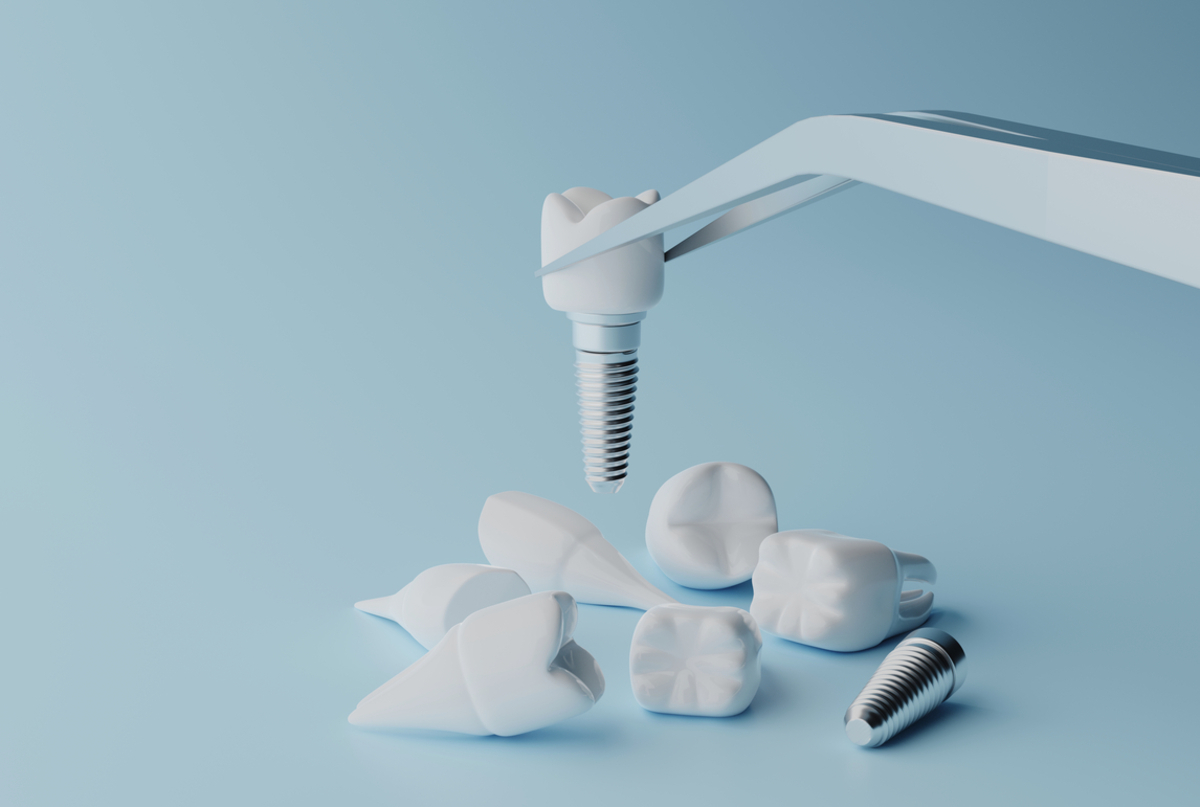Replacing missing teeth presents a challenge for any dentist, especially in patients with very little available bone. Missing teeth not only affect the patient’s function, but also have a detrimental effect on their self-esteem and overall quality of life.

What is the zygoma?
Zygoma are a pair of dense bones found on either side of the face, forming the prominence of the cheeks. These bones are located above the jaw bone, and are much sturdier, thus providing adequate support to implants.
When are zygomatic implants used?
Replacing missing teeth in the upper jaw using dental implants is particularly challenging for a clinician. This is mainly due to the presence of numerous nerves, blood vessels, and above all, the maxillary sinus on either side of the jaw.
If in addition, if patients have very little bone to support implants, conventional dental implants cannot be used. Patients who have undergone jaw surgery due to trauma, to remove a tumor, or to correct a developmental anomaly are also candidates for zygomatic implants.
Zygomatic implants may also be used where conventional dental implants fail repeatedly or bone grafting procedures to gain bone in the upper jaw have been unsuccessful.
Sometimes a patient is looking for a more comfortable alternative to avoid complex procedures like sinus lifts, or other procedures to augment the bone, and zygomatic implants are used to provide the required amount of support for the prosthesis.
Can every dentist place zygomatic implants?
How are zygomatic implants placed?
Generally, one zygomatic implant is placed on either side of the jaw, along with two or four conventional implants in front of the jaw, in order to provide adequate support to the prosthesis.
In cases where there is an extreme dissolution of the bone, and it not possible to place conventional implants, two zygomatic implants are placed on either side, known as quad-zygoma procedure.
Before the treatment
Precise treatment planning, 3D bone scans, and CBCT are must prior to a zygomatic implant procedure given the complexity of the procedure and because of the extensive bone drilling involved.
The patient is made aware of the complications that can occur during or after the treatment.
Antibiotics are usually started prior to the procedure and are continued for a few days after the surgery, in order to prevent infection.
The procedure
The treatment is generally carried out under sedation to make it more comfortable for the patient, although it can be done under local anesthesia as well.
Zygomatic implants are much longer than conventional implants, because they are meant to be drilled to reach up to your cheekbone.
The drilling starts from the bone beneath the gums and proceeds at an angle, generally through the maxillary sinus until it reaches the zygoma. The surgeon is careful not to perforate through the sinus membrane, so the implant goes along the sinus wall below the sinus membrane.
Alternatively, to be on the safer side, the surgeon may take a different approach and keep the implant entirely in the maxillary bone.
After the surgery
Like with most surgical procedures, you can expect mild discomfort as the effect of sedation wears off. Follow the surgeon’s advice and take medication as prescribed in order to minimize the post-operative discomfort.
Complications
The most common complications of zygomatic implants are perforation of the sinus wall, infection of the sinus causing sinusitis, communication between the sinus and the oral cavity, and in some cases, paresthesia of the infraorbital nerve.
The most serious potential complication is drilling into the bone that surrounds the eye (called the orbit) as it could end up causing permanent and long-lasting damage.
These complications are pretty serious and need to be considered carefully. They are, however, rare in the hands of an experienced surgeon.
Advantages of zygomatic implants
Since zygomatic implants are fixed into the dense zygoma bone, they can be immediately loaded with a temporary prosthesis, followed by a fixed prosthesis after four to six months. This immediately restores function and aesthetics for the patient.
Prostheses placed on zygomatic implants are screw-retained — so dentists can easily remove them in case there are any issues.
How successful are zygomatic implants?
Many long-term studies have been carried out, and the majority of publications put the success rate of zygomatic implants at more than 95 percent over a 12 year study period.
Conclusion
- Photo courtesy of SteadyHealth
- www.ncbi.nlm.nih.gov/pubmed/25123760
- https://www.ncbi.nlm.nih.gov/pubmed/28944370 https://www.ncbi.nlm.nih.gov/pubmed/30299113


Your thoughts on this